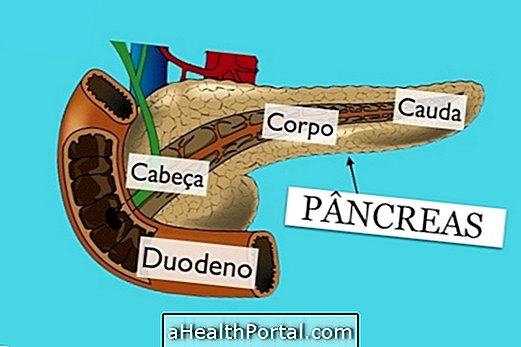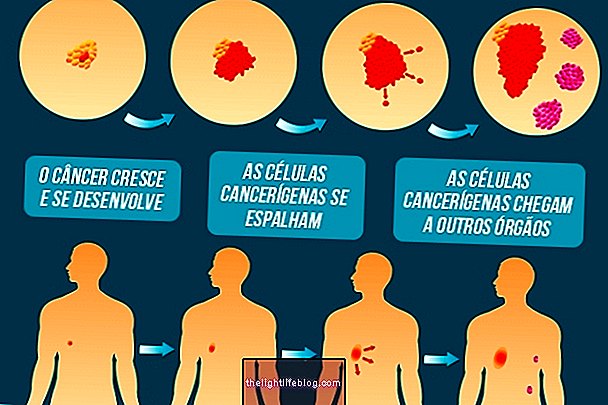Glioblastoma multiforme is a type of brain cancer, of the group of gliomas, because it affects a specific group of cells called "glial cells", which help in the composition of the brain and in the functions of neurons. It is a rare type of cancer and, in most cases, it is sporadic, being more frequent in people who have been previously exposed to ionizing radiation.
This is a type of aggressive tumor, classified as grade IV, as it has a great capacity to infiltrate and grow along the brain tissue, and can cause symptoms such as headache, vomiting or seizures, for example.
The treatment consists of the total removal of the tumor concomitantly with radiotherapy and chemotherapy, however, due to its aggressiveness and rapid growth, it is difficult to have a cure for this cancer, which has, on average, a 14-month survival, which it is not a rule and it varies according to the severity, size and location of the tumor, in addition to the patient's clinical conditions.
It must be remembered that medicine has progressed, more and more, in the search for treatments both to increase survival and to improve the quality of life of people with this cancer.

Main symptoms
Although rare, glioblastoma multiforme is the most common cause of malignant brain tumors of cerebral origin, and is more common in people over 45 years of age. Symptoms range from mild to severe, depending on your location in the brain and size, and some of the most common include:
- Headache;
- Changes in motor skills, such as loss of strength or changes in walking;
- Visual changes;
- Speech disorders;
- Cognitive difficulties, such as reasoning or attention;
- Personality changes, such as apathy or social avoidance;
- Vomiting;
- Convulsive seizures.
As the disease reaches more advanced or terminal stages, the symptoms may intensify and compromise the ability to perform daily activities and care.
In the presence of symptoms that indicate this cancer, the doctor may order brain imaging tests, such as magnetic resonance imaging, which will visualize the tumor, however, confirmation is only made after biopsy and analysis of a small piece of tumor tissue.

How the treatment is done
The treatment of glioblastoma multiforme should be done as early as possible after diagnosis, with the accompaniment of the oncologist and neurologist, and it is done with:
- Surgery: consists of the removal of all the visible tumor in the image exam, avoiding to leave compromised tissues, being the first stage of the treatment;
- Radiotherapy: which is done with the emission of radiation in an attempt to eliminate the remaining tumor cells in the brain;
- Chemotherapy: done in conjunction with radiotherapy, improving its effectiveness. The most widely used chemotherapy is Temozolomide, which is able to slow the progression of the disease. Check out what they are and how to deal with the side effects of chemotherapy.
In addition, the use of drugs such as corticosteroids or anticonvulsants can be used to relieve some symptoms of the disease.
As it is a very aggressive tumor, the treatment is complex, and most of the time there is a recurrence, which makes the chances of cure difficult. Thus, treatment decisions must be individualized for each case, taking into account the clinical condition or the existence of previous treatments, and the patient's quality of life should always be prioritized.
It is also important to remember that new drugs have been sought to improve the effectiveness of glioblastoma treatment, such as gene therapy, immunotherapy and molecular therapies, in order to better reach the tumor and facilitate recovery.
Was this information helpful?
Yes No
Your opinion is important! Write here how we can improve our text:
Any questions? Click here to be answered.
Email in which you want to receive a reply:
Check the confirmation email we sent you.
Your name:
Reason for visit:
--- Choose your reason --- DiseaseLive betterHelp another personGain knowledge
Are you a health professional?
NoMedicalPharmaceuticalsNurseNutritionistBiomedicalPhysiotherapistBeauticianOther



















